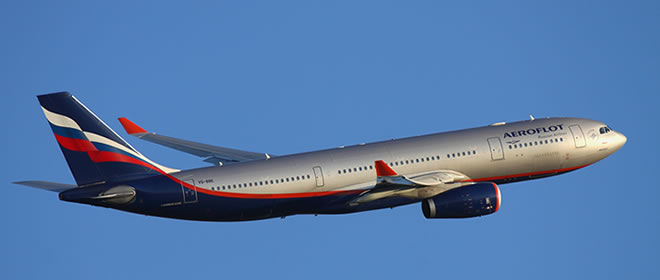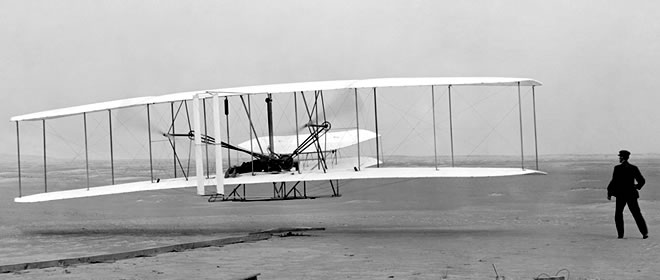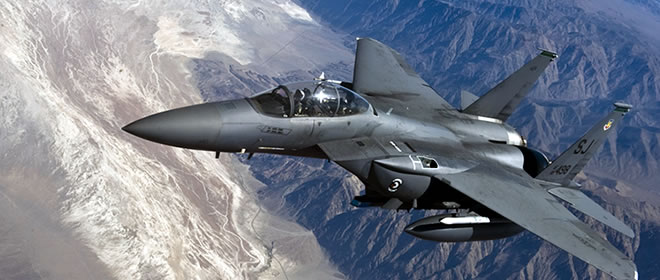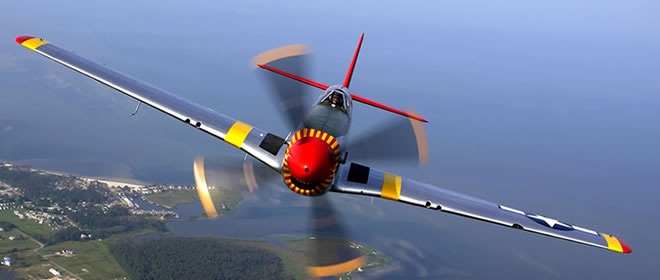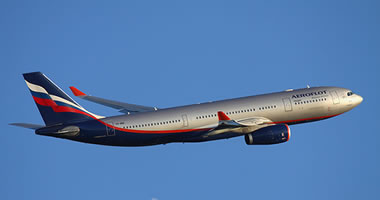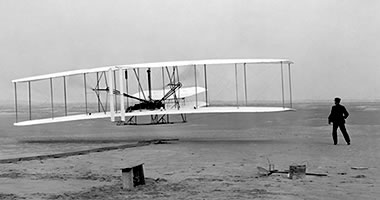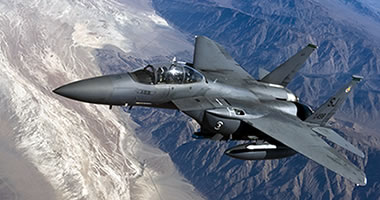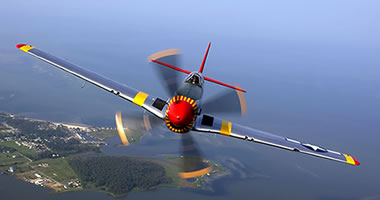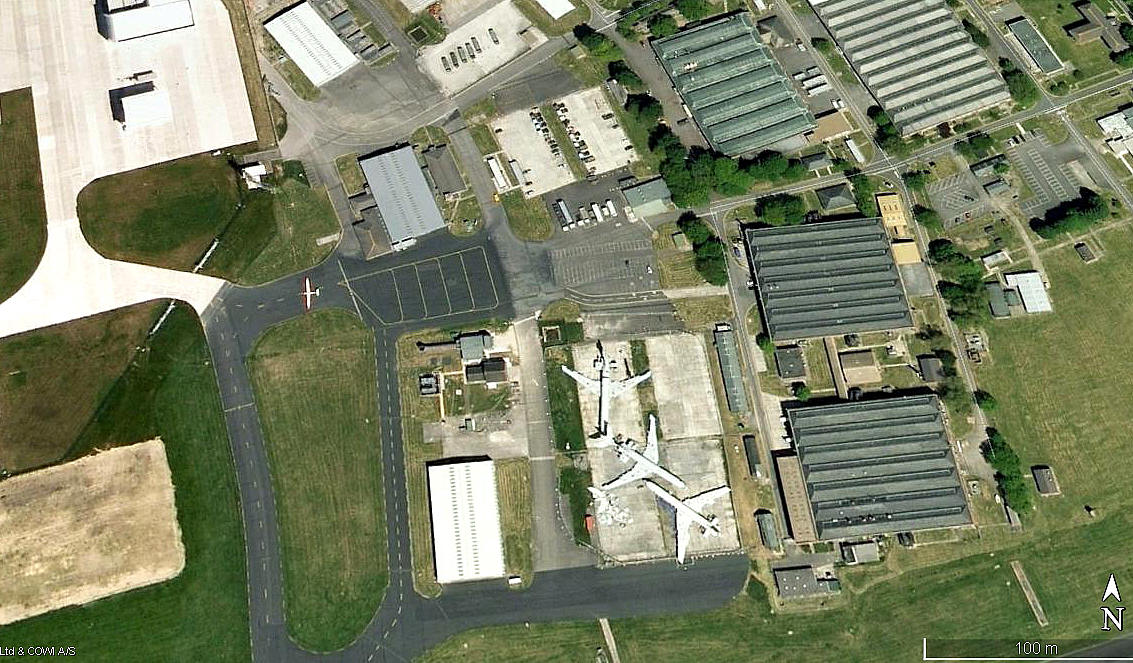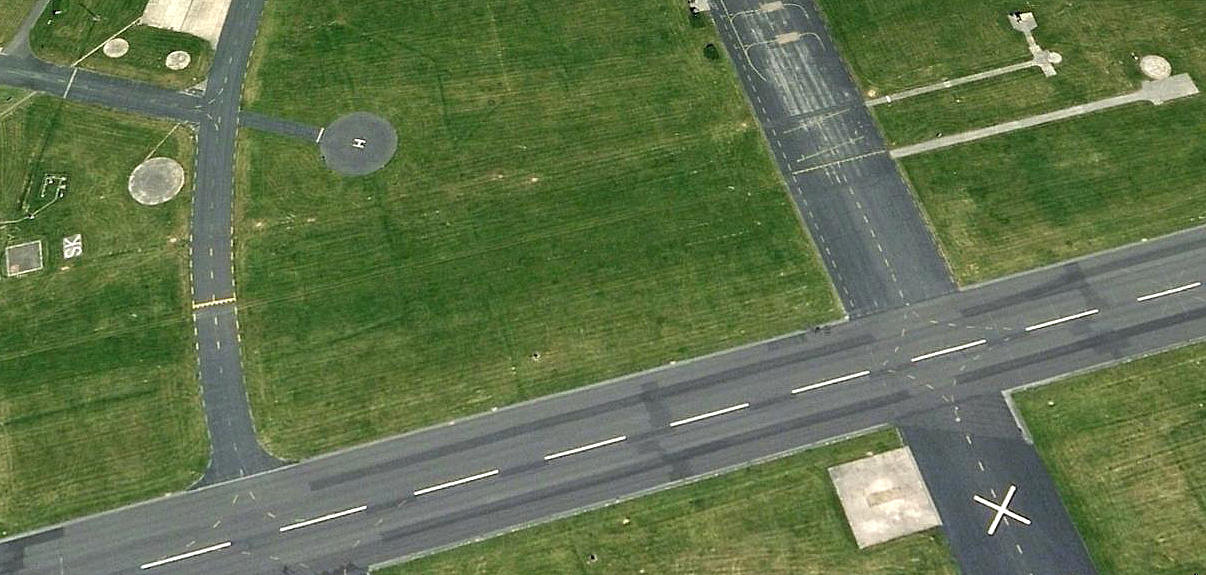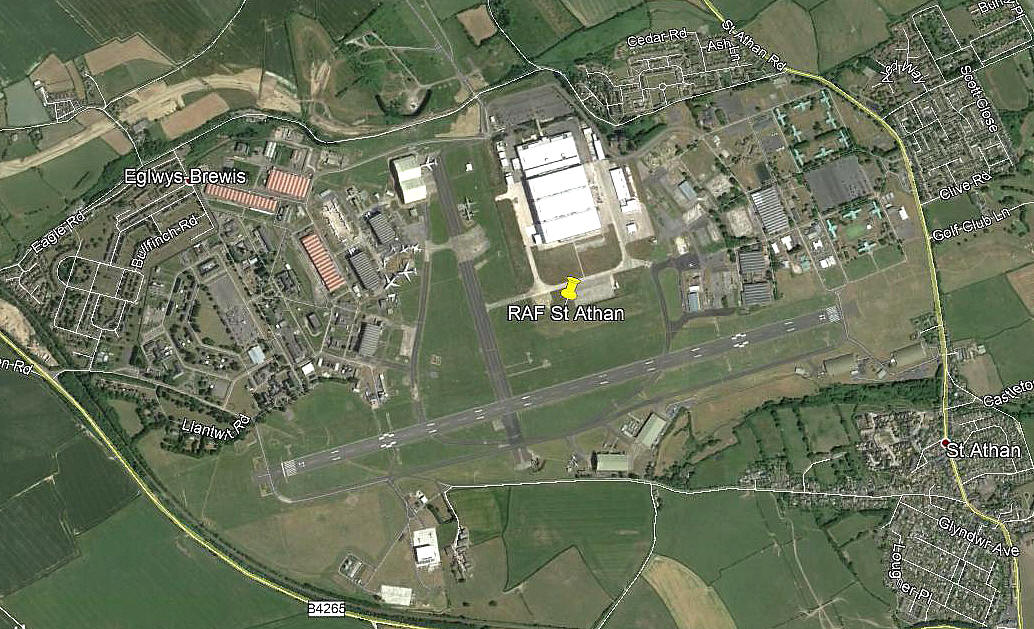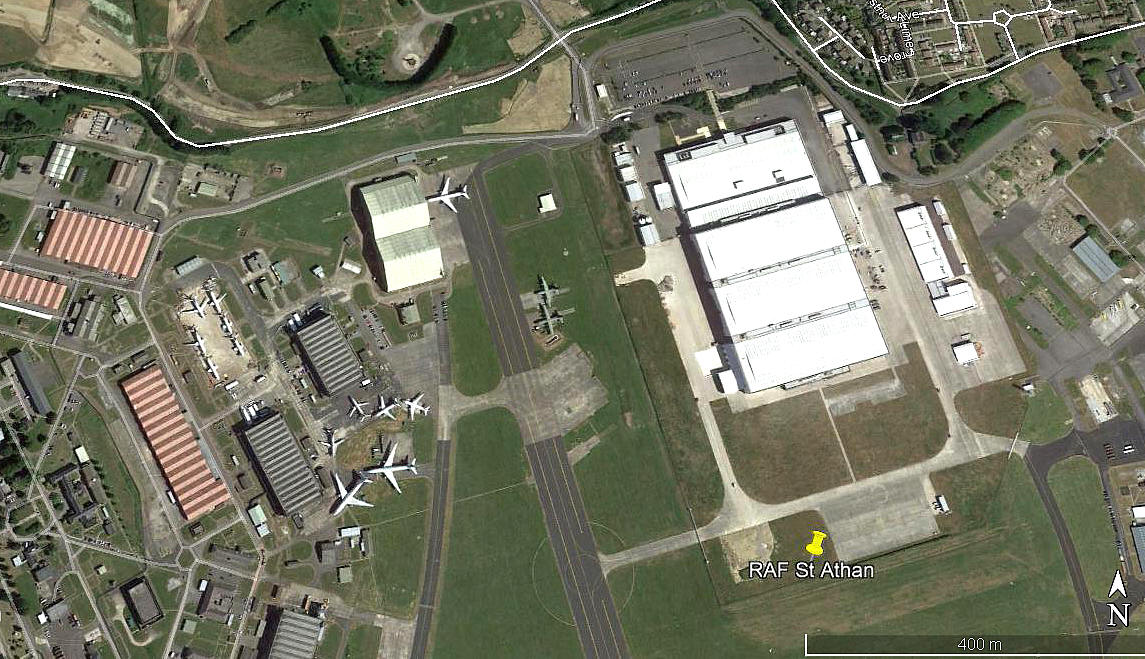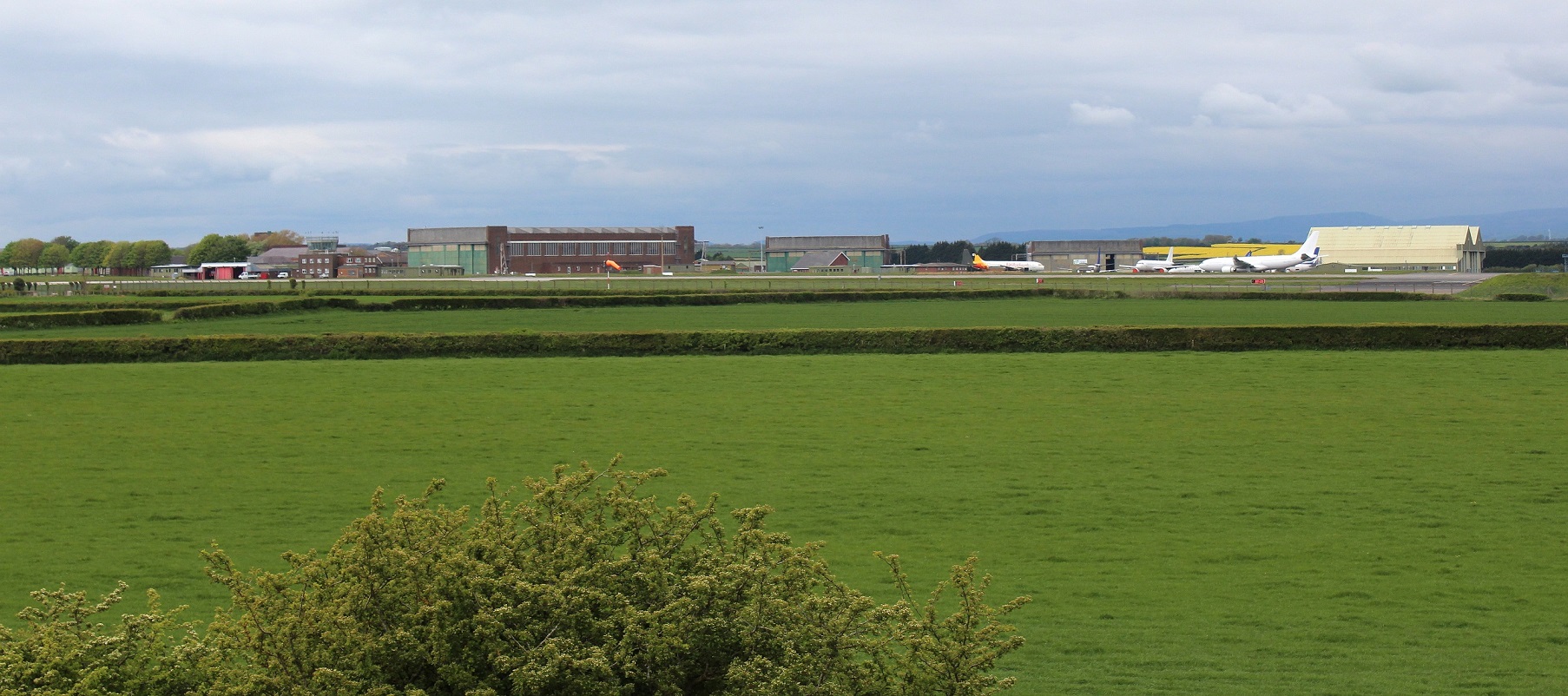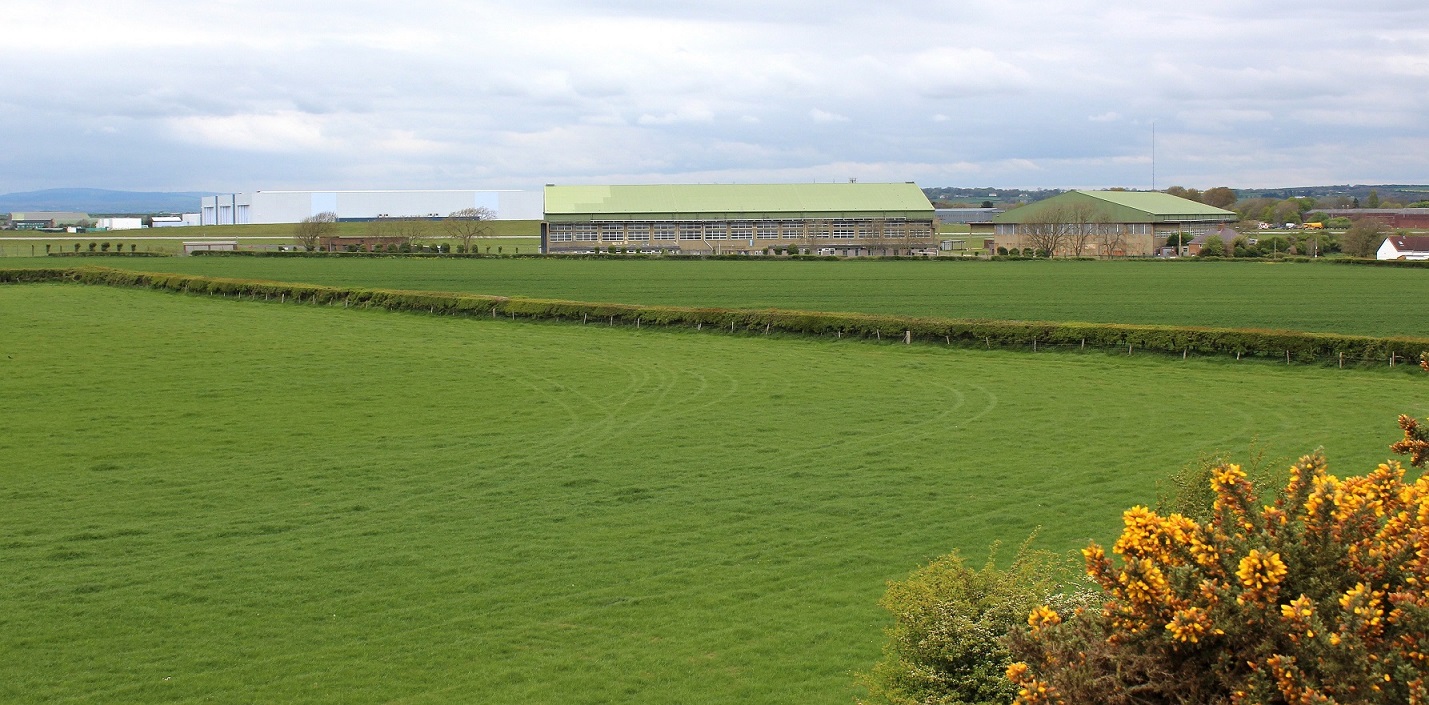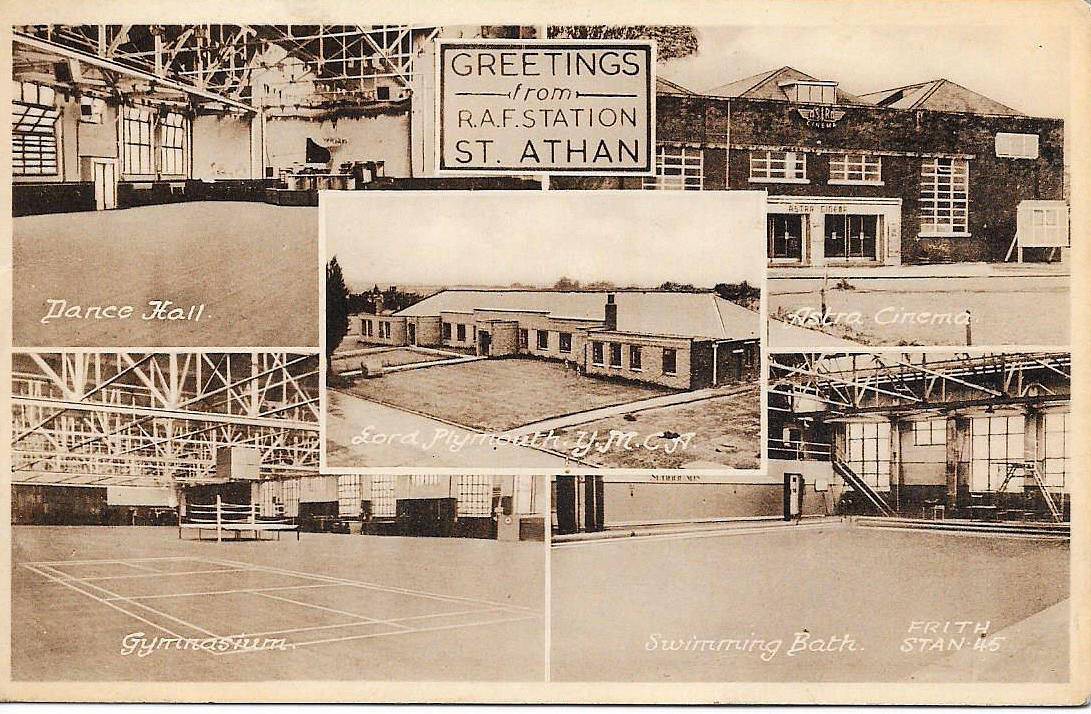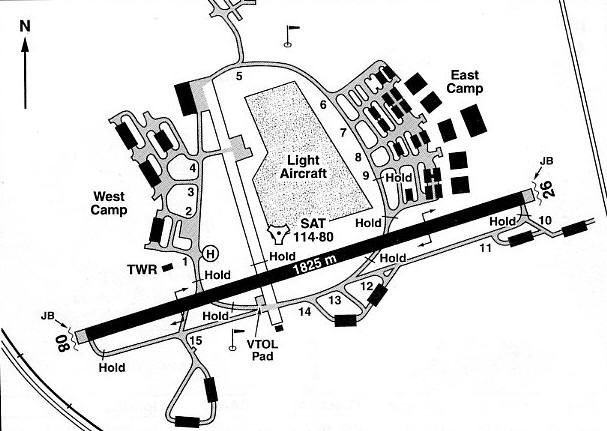St Athan
St ATHAN: Military aerodrome later also a gliding site
Note: All four of these pictures were obtained from Google Earth ©
Is it safe to assume that the VC.10s in the first picture were ex-RAF? Also, as seen in the second picture, why was the helipad only briefly marked out?
PICTURES OF St ATHAN IN 2017
Military users: WW2: School of Air Navigation (Avro Ansons)
RAF Technical Training 24 Group Radio School
Note: These pictures from a postcard were kindly sent by Mike Charlton who has an amazing collection. See, www.aviationpostcard.co.uk
By the look of these pictures, which show no people or vehicles, is it reasonable to assume they were taken just before the Station opened in 1939?
Post 1945: RAF 32 MU
St ATHAN Station Flight
1975: Listed as being a RAF Storage Unit and Technical Training School.
Also base for the University of Wales Air Squadron (DHC.1 Chipmunks)
1980s: CTTS (various aircraft)
1990s: University of Wales Air Squadron (Beagle Bulldogs)
2013: University of Wales Air Squadron (Grob 115 Tutors)
Gliding: 634 VGS (in 1990 listed as taking place on Saturdays & Sundays and Wednesday evenings in summer months)
Location: N & E of B4265, mainly NW of St Athen village, 3nm S of Cowbridge
Period of operation: 1939 to present day
Note: The map is reproduced with the kind permission of Pooleys Flight Equipment Ltd. Copyright Robert Pooley 2014.
Runways: Some records regarding this particular aerodrome seem absolutely mad in many respects regarding the state of affairs in late 1944 at least. For example according to previously reliable and apparently ‘official’ records the runways are described as being tarmac, concrete and ‘Sommerfeld track'.
The probable runways in WW2 are as follows:
08/26 1097x183 hard 17/35 1006x183 hard
15/33 914x183 grass (This runway had Sommerfeld track)
Note: I would appreciate advice on this.
1990/2000: 08/26 1825x46 hard
(A grass light aircraft landing area is situated roughly midway and N of runway 08/26. In 1990 mainly orientated NW/SE with a ‘spur’ runway parallel to 08/26)
NOTES:
In late 1944 according to Steve Willis and Barry Hollis who are recognised as being major authorities on WW2 military aerodromes they record, (wait for it!), no less than 12,594 RAF personnel and 1376 WAAFs as being on station at the end of 1944. This is roughly five times more people than employed at a typical RAF WW2 operation base.
It seems to me that the importance of St ATHAN as a major support facility within the RAF has not been fully recognised.
Home to a RAF storage facility for historic military aircraft for many years.
A STORY WORTH TELLING
In his excellent book Battle of Britain Memorial Flight Jarrod Cotter has an astonishing tale to tell, and although he doesn’t make an issue of it, I think the motives of the people behind this decision should now be exposed and brought into question. It really is a major scandal in my opinion and the perpetrators should now be named and shamed.
“By now down to four Spitfires, another major setback was to fall upon the Flight very quickly. With many non-airworthy examples of the Spitfire around the UK, news was given that the Flight’s principal ‘flyer’, TE330, was to be presented to the United States Air Force Academy at Colorado Springs for museum display. In what must have caused immense frustration to the Flight’s personnel, the best of the Flight’s Spitfire XVIs was to become a museum exhibit!”
This was bad enough, but insult to injury was added.
“In an article on the presentation of TE330 to the USAF after it had made the flypast over Westminster Abbey on Battle of Britain Sunday in 1957, Air Clues of November 1958 reported the situation as follows: ‘Meanwhile the suggestion had been made that the Royal Air Force should present a Spitfire to the U.S.A.F Academy, and TE.330 was chosen as the best aircraft available. Up to this time the main emphasis had been on making the Spitfires airworthy, and restoration of the interior equipment – armament, gun sight and other instruments – had been a secondary consideration."
"But it was felt to be essential that the presentation aircraft should be complete in every detail, and the task of final restoration was given to R.A.F. Maintenance Command. No.32 Maintenance Unit at St. Athan, South Wales, was chosen to do the work, which was again tackled with enthusiasm and ingenuity far beyond the calls of normal duty.’
I suppose they knew not what they were doing?
A POINT TO MAKE
As pointed out many times elsewhere, in this period, (and for a long time after), there was a vindictive if not malicious and very distinct element within the upper echelons of the RAF and the Air Ministry, dedicated to inflicting damage; inhibiting and denying progress, and, quite frankly, devoted to the demise of British aviation expertise in any sphere where it might succeed.
Anybody, as I once did, should today, not consider the so called successful classic types, such as the DH Vampire and Sea Vixen, Gloster Meteor and Javelin, and Hawker Hunter for example, as being anything to be too proud of. They entered service heavily flawed and countless lives were lost in the process of making them ‘fit for purpose’.
It is a big mistake I’m sure, to apply present day values and priorities to those days, but - the possibility of hidden agendas must surely be considered? How else can you make any sense of it? For example those in authority in the UK appeared to have done everything possible to prevent the Fairey Delta 2 trashing the American World Speed record. The Americans refused to supply any information as to how they measured their World Record. As I often say, with ‘friends’ like this, who needs enemas?
AIR SHOWS
There have, it seems, been some grand air shows at St ATHAN over the years and on the 15th September 1984 the 51st King’s Cup Air Race was held here for the first and only time. Despite a decent search the only information I have come up with is that Mr K. Fehrenback was the winner. Does anybody now know what his aeroplane was and other details?
A MUSEUM
In October 2019 I learnt that a new museum, the South Wales Aircraft Museum, was being opened.
Peter Cannings
This comment was written on: 2017-08-18 08:54:18I found your page on TE330 very interesting as i was asked to find out about it from a friend as his father was at St Athan 1958 and the last aircraft he worked on was TE330 but he thought the aircraft was going to Harvard though he didn't mention Te330 its the only aircraft i can find that was donated at that time
Reply from Dick Flute:
Hi Peter, I'm glad you found this listing of interest. Best regards, Dick
Andy Kendall
This comment was written on: 2020-04-15 10:13:27My grandfather was a Navigation instructor and I understand spent quite some time at St Athan during WWII. He said that he had quite some enjoyable times there, especially when he got to fly around the Severn Estuary on nice days. I have his badges which include the officers collar badges with the torches
Timothy Foster
This comment was written on: 2020-08-22 15:12:56I visited St Athan in August 1956 with my ATC Squadron(2078 Boscobel). I have three abiding memories. 1 An air experience flight in a Chipmunk (WK633). 2. A 30 min trip in an Air Sea Rescue launch out of Barry into the Bristol Channel/Severn Estuary, and 3. A 30 min. session of PE under the guidance of an RAF PT instructor which left most of us unable to walk. Never mind, the Drill Sergeant soon had us freed up the next day.
We'd love to hear from you, so please scroll down to leave a comment!
Leave a comment ...
Copyright (c) UK Airfield Guide
